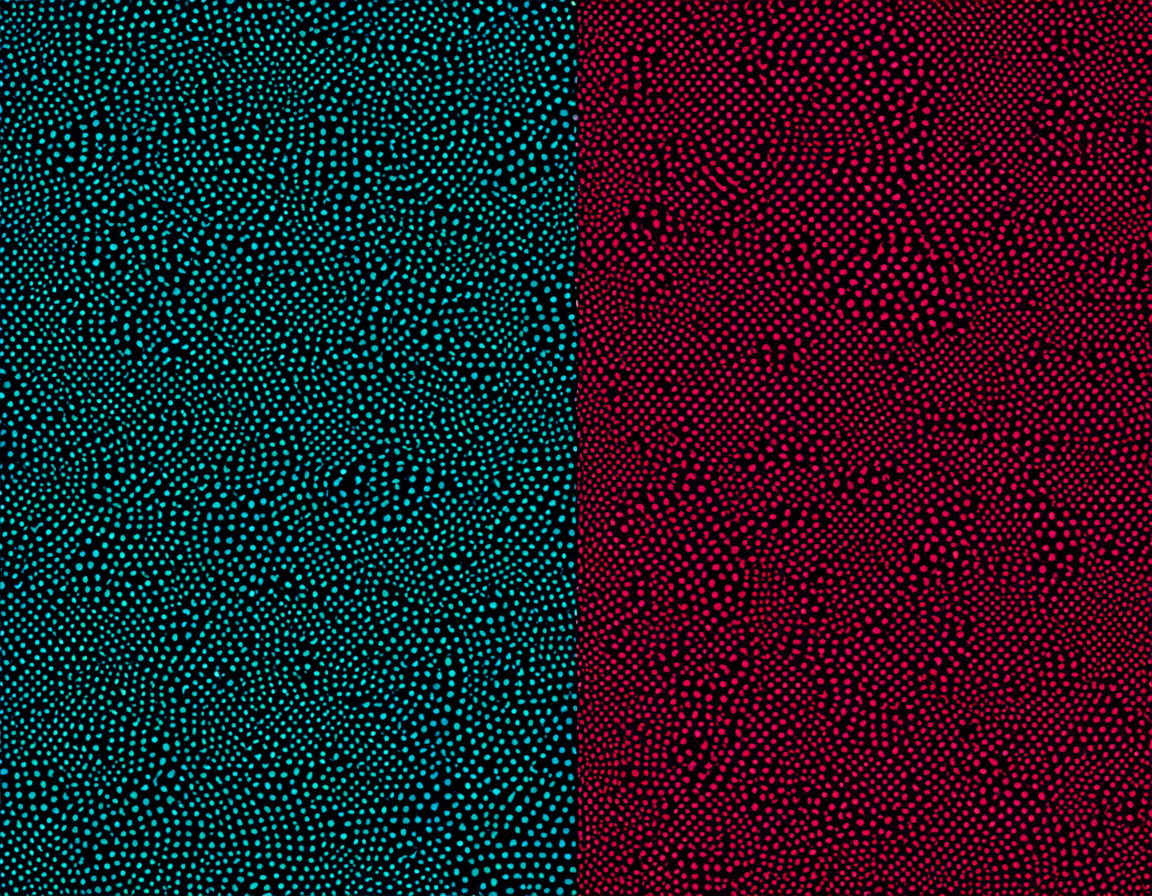AI Upscaling Secrets Revealed

The Science Behind AI Upscaling: What Makes it Work (and How to Optimize it)
Artificial intelligence (AI) has made tremendous progress in recent years, transforming industries and revolutionizing the way we live and work. One of the most exciting areas of research is AI upscaling, which involves using machine learning algorithms to generate high-quality content from lower-resolution or existing data. In this blog post, we will delve into the science behind AI upscaling, explore what makes it work, and provide practical tips on how to optimize it.
Understanding the Basics
AI upscaling is a type of deep learning technique that uses neural networks to learn the underlying patterns and structures in data. The goal is to generate new content that is indistinguishable from existing high-quality data. This is achieved by training a model on a dataset of low-resolution or degraded images, videos, or audio files.
How AI Upscaling Works
The process involves several key steps:
- Data Preparation: Collecting and preparing the dataset for training. This includes resizing, normalizing, and cleaning the data.
- Model Architecture: Designing a suitable neural network architecture for the task at hand. This typically involves using a combination of convolutional and downsampling layers.
- Training: Training the model on the prepared dataset. This involves optimizing the model’s parameters to minimize the difference between the generated content and the target high-quality data.
The Science Behind AI Upscaling
So, what makes AI upscaling work? From a technical perspective, it all comes down to the way we design and train our models.
- Pattern Recognition: AI upscaling relies heavily on pattern recognition techniques. By training a model on a dataset of degraded or low-resolution content, we are essentially teaching the model to recognize patterns and structures that are present in the data.
- Adversarial Training: Some research has explored using adversarial training methods to improve the performance of AI upscaling models. This involves training two separate networks: one for generating high-quality content and another for evaluating the generated content against a target dataset.
Practical Examples
While AI upscaling is still an emerging field, there are several practical applications that can benefit from this technology.
- Image and Video Editing: AI upscaling can be used to generate high-quality images and videos from existing low-resolution or degraded content. This can be useful for film and television production, as well as for creating realistic special effects.
- Audio Processing: Similarly, AI upscaling can be applied to audio processing tasks such as music restoration and noise reduction.
Optimizing AI Upscaling
While AI upscaling is a powerful tool, it’s not without its challenges. To optimize this technology, we need to address several key issues:
- Data Quality: The quality of the input data plays a critical role in determining the performance of an AI upscaling model. Ensuring that the dataset is diverse, representative, and well-prepared is essential.
- Model Architecture: Designing a suitable neural network architecture for the task at hand is crucial. This involves selecting the right combination of layers, activation functions, and optimization algorithms.
Conclusion
AI upscaling is a rapidly evolving field that holds tremendous potential for transforming various industries. By understanding the science behind AI upscaling and optimizing this technology, we can unlock new possibilities for content creation, editing, and processing.
As researchers and practitioners, it’s essential to approach this topic with caution and a critical eye. The implications of AI upscaling are far-reaching, and we need to ensure that we’re using this technology responsibly.
What do you think is the most exciting application of AI upscaling? Share your thoughts in the comments below!
The post above has been generated based on the provided context.
Tags
ai-upscaling deep-learning image-generation video-editing audio-enhancement
About Carlos Ramirez
AI enthusiast & photography expert Carlos Ramirez | Helping you unlock the power of AI in image editing & generation | Join me on this visual journey as we explore the latest smart photography tools & techniques on gophotos.com
